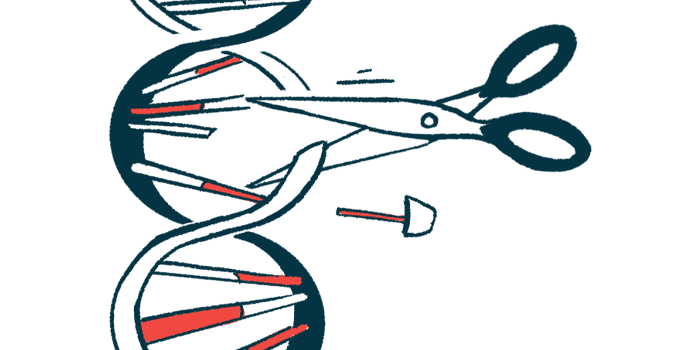$4.8M Grant Supports Work Into Gene Editing Treatment for FA
Research goal is one-time therapy to correct mutations causing Friedreich's ataxia

A $4.8 million grant from the California Institute for Regenerative Medicine (CIRM) will support a research project hoping to move a one-time gene editing treatment for Friedreich’s ataxia closer to clinical trials.
“If successful, this approach could prevent the neurologic and cardiac complications in [Friedreich’s ataxia] and address the pressing and systemic unmet medical needs for this disease,” Stephanie Cherqui, PhD, an associate professor in the department of pediatrics at the University of California San Diego School of Medicine, said in a university press release.
“It’s a terrible disease with no treatment,” added Cherqui, who is leading the project.
Prior research in an FA mouse model and cells showed promise
Friedreich’s ataxia is caused by mutations in the gene FXN, which provides instructions for building frataxin, a protein that’s essential for the healthy functioning of mitochondria, the so-called “powerhouse” of cells.
The project builds on prior work studying hematopoietic stem and progenitor cells (HSPCs). These immature cells live in the bone marrow, and they are capable of growing and developing into several types of mature cells, including blood cells and immune cells.
Cherqui and colleagues published a study in 2017 demonstrating that a single infusion of HSPCs without FXN mutations halted cellular damage and the development of muscle weakness and mobility deficits in a mouse model of Friedreich’s ataxia.
In 2020, the team published another study showing the gene editing technique CRISPR-Cas9 can be used to “correct” the disease-causing mutation in cells taken from patients.
Their project’s overarching goal is to build on this prior research and toward developing a gene editing therapy for Friedreich’s ataxia to test in a clinical trial. Conceptually, the idea is to collect HSPCs from patients, edit them to correct the disease-causing mutation, and then infuse the corrected cells back into the patient as treatment.
Of note, using cells collected from the person being treated — referred to as “autologous” therapy — means that the risk of complications such as transplant rejection is lower than if donor cells are used.
“This kind of gene therapy transplantation has never been tested for FA or any other mitochondrial disease, so in this sense, it’s unique,” Cherqui said.
CIRM supports stem cell research across California, funding promising projects that address unmet medical needs.







